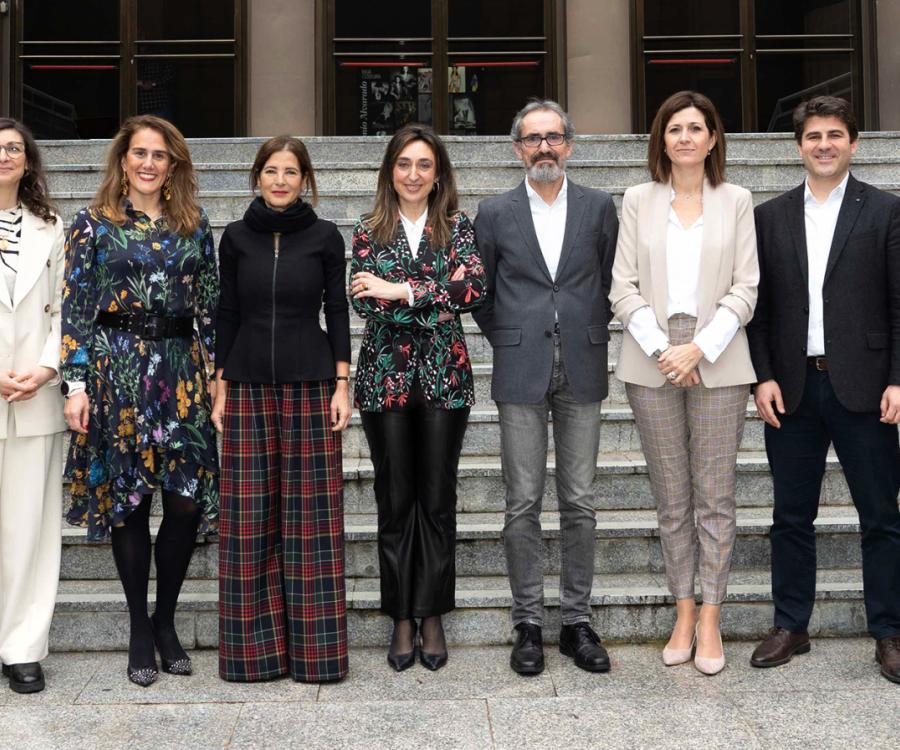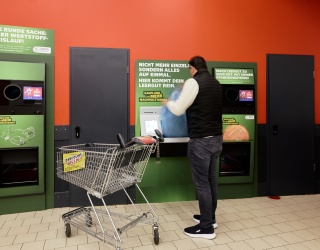
Gen Z adults are interested in using apparel rental services to reduce overconsumption, according to a new study in the journal Sustainability by Washington State University researchers.
Apparel rental, also known as collaborative apparel consumption, extends the life of an article of clothing because people don’t throw it away after wearing it a few times.
“The idea is growing more popular, especially among Gen Z consumers,” said Ting Chi, the corresponding author on the paper and chair of WSU’s Department of Apparel, Merchandising, Design, and Textiles. “They are very interested in sustainable consumerism, care about the environment, and are willing to make changes to help the planet.”
Chi and co-authors Lindsay McCoy and Yuan‑Ting Wang surveyed 362 adults born between 1997 and 2002 from across the United States. They found that the respondents were still interested in being fashionable, but don’t need to own a product.
“They’re more focused on usage,” Chi said. “That increases a product’s lifecycle if it is worn by different people. It also reduces waste while still meeting consumer needs for variety.”
The study identified several factors that made clothing rental acceptable to Gen Z adults. The most important, according to Chi, is the perceived effectiveness of making a difference. If consumers feel their effort will have an impact, they’re more likely to accept a change.
Another factor was the focus on usage, not ownership.
“They would get newer products more frequently than if they own an item,” Chi said. “The desire to get more new articles of clothing made it more likely that they would try rental services.”
The idea of renting clothing isn’t new, people have been renting formal wear for decades, but expanding into more daily situations is a major change for consumers.
“That’s why we started by talking with Gen Z,” Chi said. “They’re more willing to adapt to changes, and doing so to help the environment makes it even more appealing.”
In 2018, the most recent year statistics are available, consumers sent over 17 million tons of textiles to landfills in the U.S., according to the Environmental Protection Agency. That’s an increase from around 13 million tons in 2009 and 9.4 million tons in 2000.
“We’re wasting too many textiles,” Chi said. “Americans are buying an average of 67 clothing items every year, but how many do we really need? They’re inexpensive but cause real environmental damage. We need to make an individual effort to help the environment and one way to help is bringing in a sharing economy.”
Chi and his co‑authors plan to continue their research by surveying other generations to gauge their interest in rental apparel.





